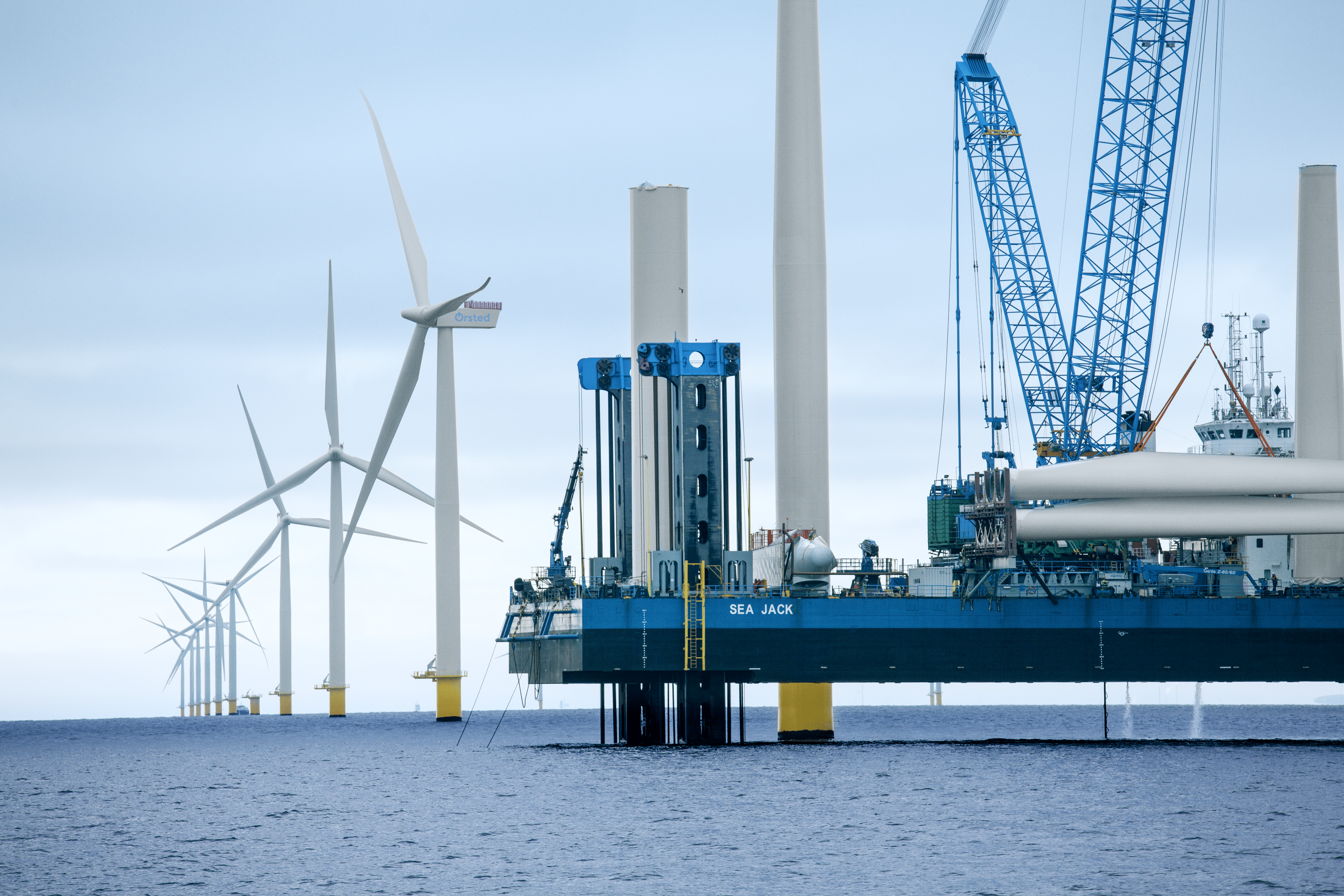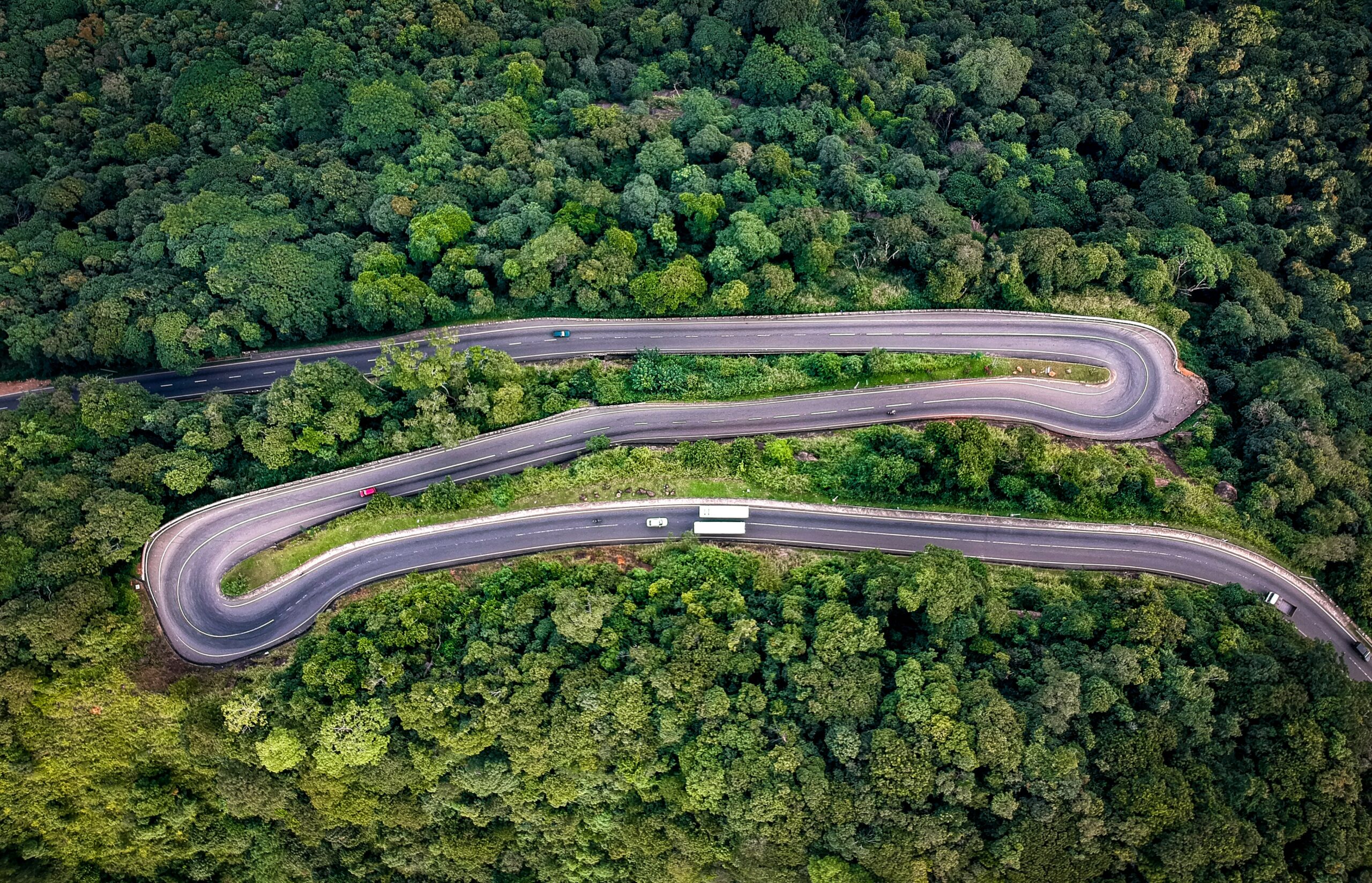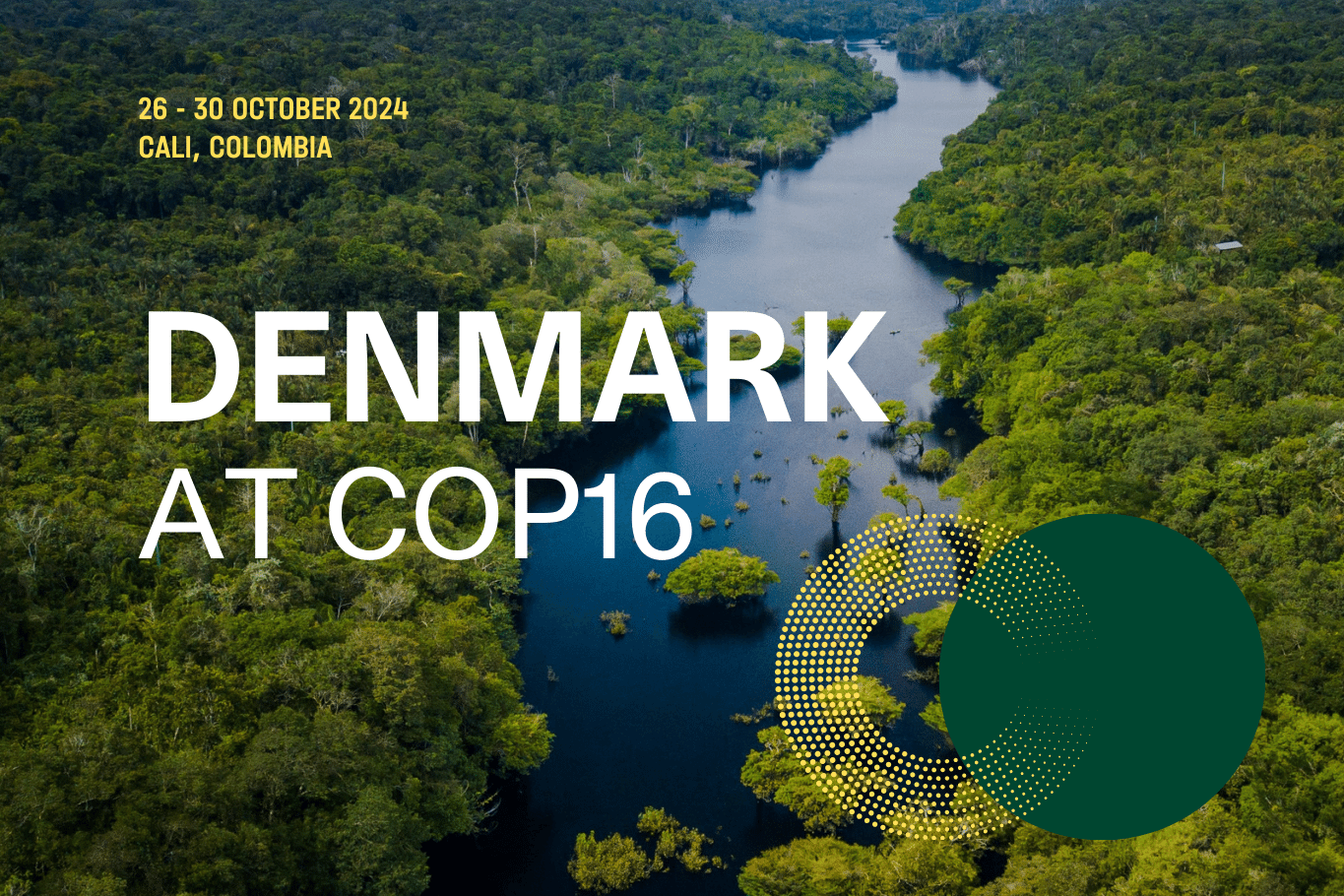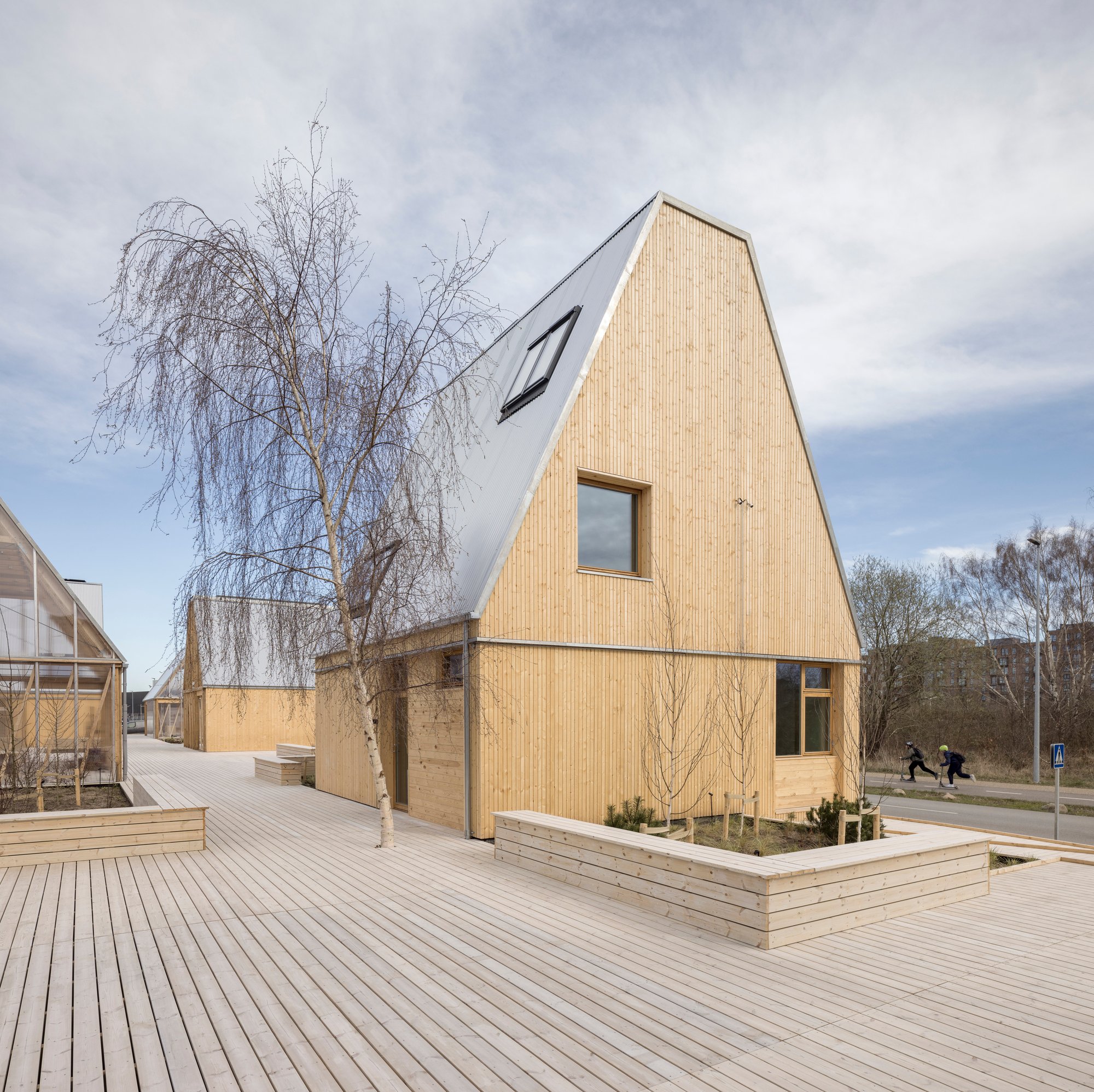News
New study outlines three scenarios for a carbon neutral Nordics
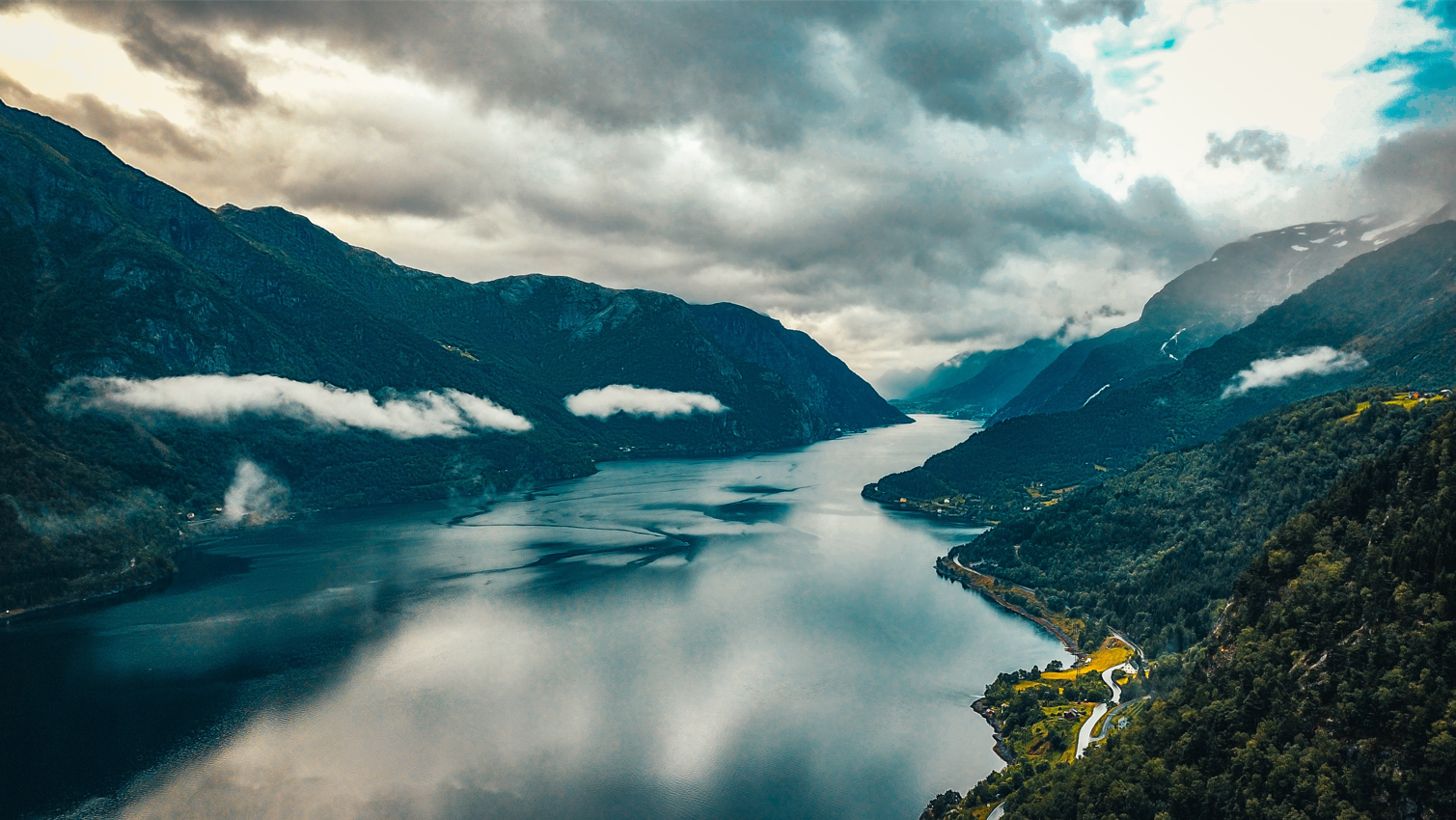

In 2019, the Nordic countries issued a common declaration to make the region carbon neutral. The declaration commits the countries to assess scenarios for how to achieve carbon neutrality, including the implications such scenarios would entail for various sectors. The declaration emphasised the necessity and benefit of collaborative action while further preparing a proposal on how to ensure that the Nordic region to fulfil their part of the Paris Climate Agreement.
Now, the project has come to fruition with its newly launched report highlighting the future Nordic Clean Energy Scenarios.
Related news: Nordic ministers call for post-corona synergies between economic recovery and green transition
Nordic solutions for carbon neutrality
Through scenario modelling, the Nordic Clean Energy Scenarios aims to identify and prioritise necessary actions until 2030 to achieve carbon neutrality in the Nordics. Based on the findings, the researchers have pinpointed three potential pathways to carbon neutrality:
- A Carbon Neutral Nordic (CNN) that seeks the least-cost pathway, considering, current national plans, strategies, and targets.
- A Nordic Powerhouse (NPH) that explores the opportunity for the Nordics to play a larger role in the broader European energy transition by providing clean electricity, clean fuels, and carbon storage.
- A Climate Neutral Behaviour (CNB) that reflects Nordic societies adopting additional energy and material efficiency measures in all sectors, ultimately leading to lower demand for both.
“Current approaches, including underlying policy measures, have not delivered the required rate of change. The transformation challenge is immense, and a great deal of uncertainty remains, including how to strike a balance between what may be cost-effective and what will be politically, socially, and environmentally acceptable,” says Markus Wråke, who is CEO at Energiforsk and heads the research team behind Nordic Clean Energy Scenarios.
Based on three scenarios, five solution tracks were further identified to deliver carbon neutrality by 2050. These include direct electrification, PtX, bioenergy, CCS technologies, and behavioural change.
While direct electrification is at the core of all scenarios, a decarbonisation pathway that balances elements of all five solution tracks will likely be easier to realise than a route completely dominated by any one set of solutions, says the report. It is further expected that the Nordic electricity demand will increase by 40-100 per cent across the scenarios from 2020 levels towards 2050.
More importantly, over the next decade, the rate of necessary emission reductions needs to happen at a pace five times faster than currently achieved, finds the report. You may access the full report here.
Photo by Raimond Klavins on Unsplash
You should consider reading
solutions
Energy efficiency in buildings
+2
